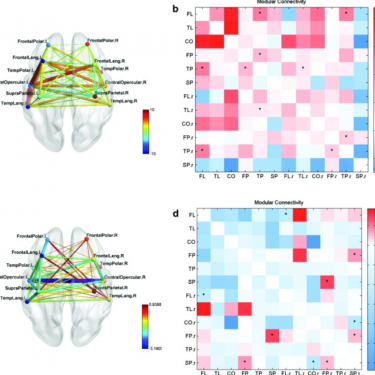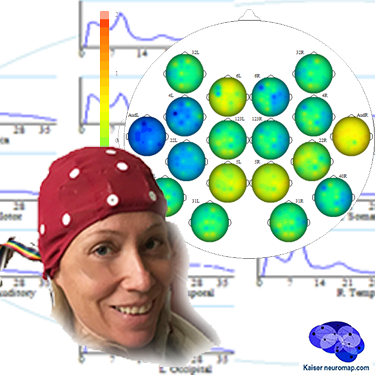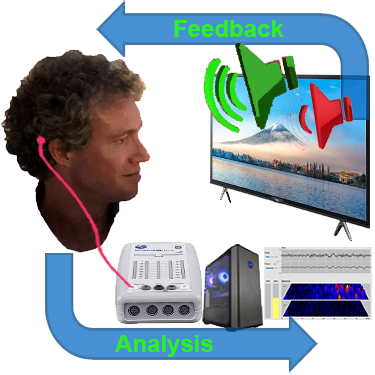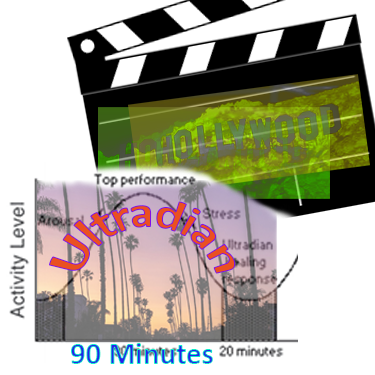Neurofeedback for Aphasia
Aphasia is a loss of language as a result of trauma to particular brain regions. There are three types of aphasia: Broca’s aphasia is when speech comprehension is impaired; Wernicke’s aphasia pertains to language generation; and Global aphasia when both areas are affected. Trauma to these brain regions can be a result of head injury, stroke, tumor, infection and/or neurodegenerative conditions.
Neurofeedback training has been shown to activate speech production areas and improving functional connectivity between these sites, strengthening new pathways and restoring left hemispheric connections towards normalcy.
Neurofeedback training is non-invasive, medication-free and evidence-based.
Neurofeedback training helps with rehabilitation – see here

The Process Explained
Step 1: Brain Map

A qEEG recording takes about 45minutes for a 20 minute recording.
A cap with 19 sensors is is fitted to our head and gels inserted to ensure connectivity. The sensors only read – there is a tiny voltage on the surface of our head that these pick up. The gels are easily washed out later. This is also the last time we wear the cap (until a remap after ten sessions); training is done with single sensors.
We analyse the data with Kaiser Neuromap software which gives us a unique view into character traits and vulnerabilities.
Findings are presented in a separate one-hour conversation where we discuss the key elements.
Step 2: Neurofeedback

We use a movie of choice as the feedback mechanism – our conscious mind engages with the film, and feedback is delivered by small changes in volume or picture size.
Our pre-conscious mind adapts its behaviour to preserve the more comfortable volume and picture size, and learning occurs.
Volume changes are slight, not stop-start, and the process is enjoyable.
Key is that we are interested in the movie – our conscious mind is engaged with the content, which forms the reward, and our preconscious mind – without our conscious effort – changes its behaviour in response to the feedback.

A two hour training session allows us to do 90-110 minutes of neurofeedback training during which we can work on various brain sites.
This captures an entire ultradian rhythm cycle and corresponds to the approximate duration of feature film movies.
We can start with shorter sessions as appropriate, mainly with children.
Ideally, we do two or more sessions per week to start with.
We would expect to see responsiveness within the first few sessions and remap after twenty hours or about ten sessions.
Generally, we would expect to doing twenty sessions over two months, though this can vary substantially.
We can also accommodate intensives, where we do two sessions per day over a number of days, and have had good results with these.